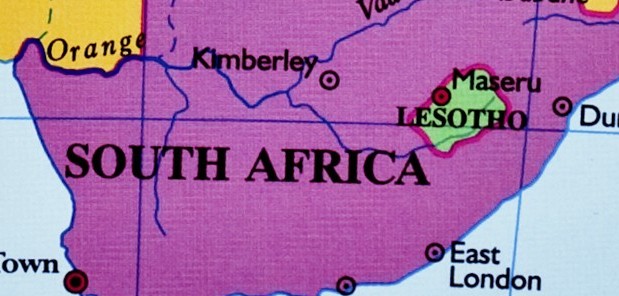The sub-Saharan African nation of Lesotho, which has the world’s second highest prevalence of HIV behind Swaziland, is on the path toward reaching international goals for the diagnosis and successful treatment of the virus.
An estimated 306,000 adults, or 26 percent of Lesotho’s adult population, are living with HIV.
In 2014, the Joint United Nations Programme on HIV/AIDS (UNAIDS) called upon nations to get 90 percent of their respective HIV populations diagnosed, 90 percent of that group on antiretrovirals (ARVs) and 90 percent of that group virally suppressed. Achieving these so-called 90-90-90 targets by 2020, the global agency’s modeling predicts, would be instrumental in ending HIV as a major public health threat by 2030.
Kyaw Thin, MD of the Ministry of Health in Maseru, Lesotho, presented findings from a population-based HIV impact assessment, or PHIA, of the nation’s epidemic at the 2018 Conference on Retroviruses and Opportunistic Infections (CROI) in Boston.

Kyaw Thin speaks at CROI 2018 in Boston.Benjamin Ryan
PHIAs, which involve widespread home-based HIV testing and surveys, are considered a highly reliable way to conduct HIV surveillance. They are being rolled out across sub-Saharan Africa and have recently provided encouraging signs of progress in controlling the epidemic in nations such as Swaziland, Zimbabwe, Malawi and Zambia.
Approximately 90 percent of all those approached during the PHIA in Lesotho (11,682 adults) agreed to participate and provided interviews and blood samples. A respective 91 percent and 88 percent of females and males provided interviews, and a respective 95 percent and 87 percent of females and males provided blood samples.
A total of 25.6 percent of adults 15 to 59 years old, including 30.4 percent of females and 20.8 percent of males, tested positive for HIV. A total of 77.2 percent of those who tested positive already knew they were living with the virus, including 81.5 percent of females and 71 percent of males. A total of 90.2 percent of those who knew they were HIV positive reported already being on ARVs, including 90.6 percent of females and 89.4 percent of males. And 88.3 percent of those who reported being on ARVs were virally suppressed, including 88.3 percent of females and 88.4 percent of males.
In other words, with respect to the 90-90-90 targets, Lesotho had achieved 77-90-88. Because this was the first PHIA conducted in the nation, the study authors could not reach definite conclusions about trends over time.
The overall viral suppression rate among all those living with HIV, regardless of what individuals reported about their ARV use, was 67.6 percent, including 70.6 percent of females and 63.4 percent of males who had the virus.
To read the conference abstract, click here.







Comments
Comments